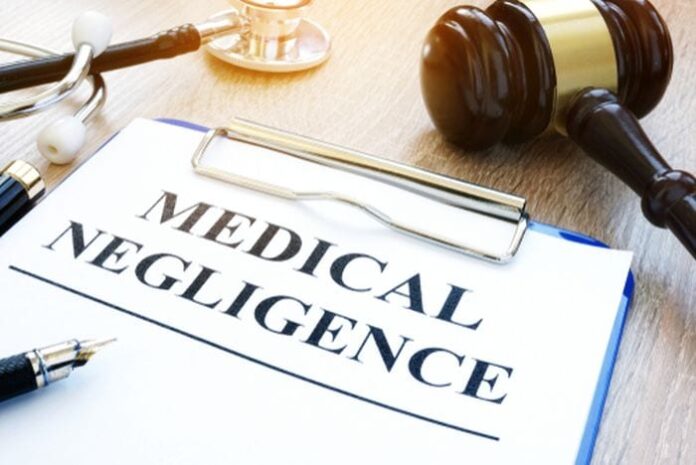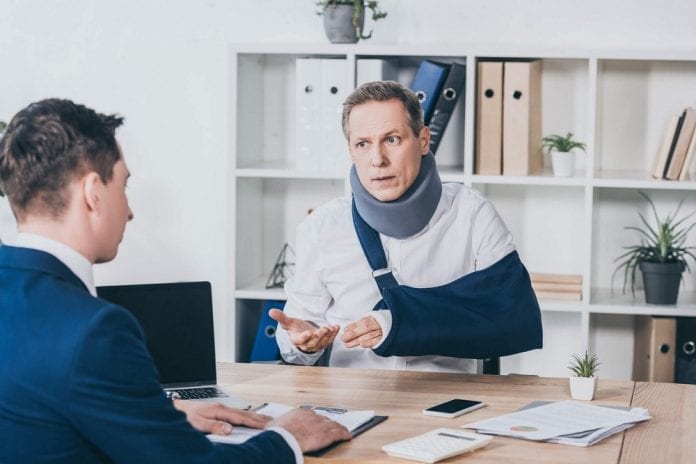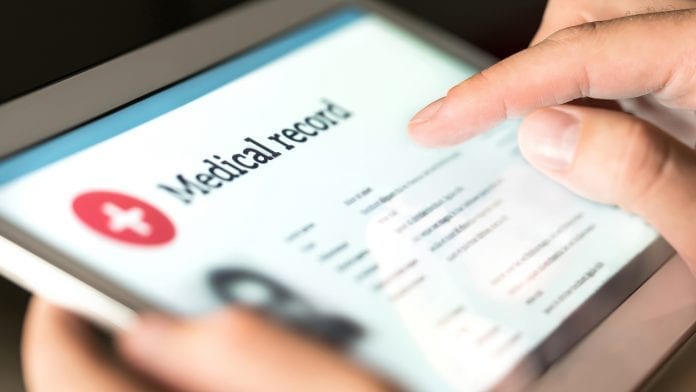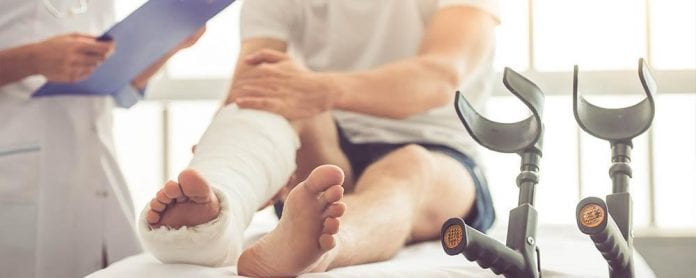If you’ve experienced a personal injury due to someone else’s direct actions or neglect, you may be entitled to compensation. If you speak with a personal injury lawyer, you’ll have the chance to put together a case against the person who wronged you. And, according to Truitt Law Offices, if you’re successful, you can claim compensation for medical bills, pain and suffering, and potentially even punitive damages.
However, if you want to maximize your chances of success, you’ll need to make sure you gather sufficient evidence—that way, you can prove what happened. Your lawyer will be able to guide you in much of this process, but sometimes, you’ll need to act faster.
Understanding the Four Elements of a Negligence Claim

Most personal injury suits must establish negligence; in other words, they must prove that a person behaved in a way that violated appropriate and/or ethical expectations.
To do this, you must prove four things:
- The existence of duty. First, you must establish that the defendant had some duty to fulfill. In the case of a car accident, this is often easy; there are laws dictating how drivers should operate. In other cases, you may have more difficulty proving the existence of duty. For example, is a retail establishment required to notify you that they’ve recently replaced the floor?
- A breach of this duty. Second, you must prove that a person breached this duty. For example, we know that a person is required to stop at a stop sign; did this person actually stop? A breach of duty can be a deliberate action, like physically assaulting someone, but more often it’s a byproduct of not taking an important action.
- Direct causation. Next, you’ll need to establish a direct causal link from the breach of duty to the damage. For example, was the car accident a direct result of the person blowing through the stop sign? This is where many cases begin to fall apart; if you can’t prove that the defendant’s breach of duty was what caused the damage, there is no case.
- The extent of the damages. Finally, you must prove the extent of the damages. This is important for calculating settlements and awards. In many cases, defendants will be required to compensate plaintiffs for damages including medical bills, lost wages, and subjective pain and suffering; all these costs must be demonstrated as a repercussion of the inciting event. Additionally, defendants may be required to pay punitive damages, which are designed as a kind of punishment, above and beyond baseline expenses.
Keep this in mind when gathering evidence.
Immediate Steps to Take

There are many types of personal injury cases to consider. You could have been the victim of a car accident. You could have suffered an injury in the workplace. You could even have slipped and fallen in a parking, lot, or have suffered a dog bite due to a negligent owner.
Whatever the case, your immediate priority in the wake of the event is getting to safety and prioritizing the safety of others. For example, if you were involved in a car accident, the first thing you need to do is pull off to the side of the road; that way, you secure your safety and make conditions safer for the people around you.
Next, you’ll need to get medical attention as soon as possible. In many cases, you’ll want to call an ambulance. If not, you’ll need to visit a doctor soon after the incident. It’s important to take every necessary step to take care of your own health, documenting the costs thoroughly, even if you aren’t sure you have a personal injury case.
If you’re waiting for an ambulance, or if you don’t require emergency treatment, you can try to gather evidence on the scene. In some cases, like if you’re involved in a hit and run accident, you may have a limited time to gather evidence.
Types of Evidence to Consider
These are some of the most important types of evidence to consider:
- Identification. First, you’ll need to gather identification from people involved in the event, if possible. For example, if you were involved in a car accident, you’ll want to get the names, addresses, and contact information for the people involved. If you’re in a position where this information is unavailable, try to remember whatever details you can; for example, try to describe the person’s face and/or remember the make and model of the vehicle that hit you. This is important for establishing who was responsible for the accident, but also for ensuring that new people don’t get “mysteriously” added to the passenger list later on.
- Photos and videos. Photos and videos are strong evidence because they aren’t reliant on memory. Try to get photos and videos of the incident if possible. Sometimes, this means taking photos of the damage after it’s already been done. Other times, it means collecting dashcam or surveillance footage to show how the accident occurred in the first place.
- Witness accounts. Depending on the nature of the accident, you may benefit from collecting accounts from witnesses. If there are people around who saw the incident, ask them if they’d be willing to leave a statement.
- Police reports. In almost any personal injury case, it’s a good idea to file a formal police report. This will serve as the official version of events, so check it over carefully once it’s written.
- Medical records. You should also keep a detailed log of your medical records, including your bills and documentation of the extent of your injuries.

If you’ve been the victim of a personal injury and you think you might have a case, it’s a good idea to talk to a lawyer—even if you don’t end up moving forward. Your lawyer will help you understand the nature and possibilities for your case, and may be able to direct you on which types of evidence to gather.









